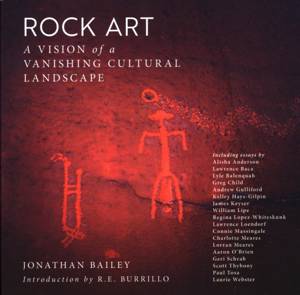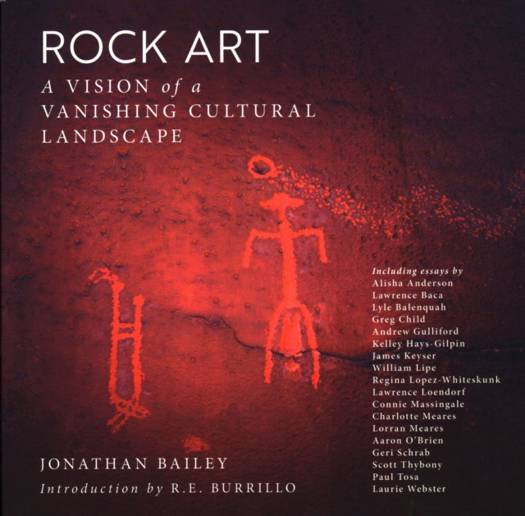
- Afhalen na 1 uur in een winkel met voorraad
- Gratis thuislevering in België vanaf € 30
- Ruim aanbod met 7 miljoen producten
- Afhalen na 1 uur in een winkel met voorraad
- Gratis thuislevering in België vanaf € 30
- Ruim aanbod met 7 miljoen producten
Zoeken
Omschrijving
Memories are the invisible threads connecting us with our past. From the moment a child is born to the reflections of deep history carved on canyon walls, memories describe the aspects of our lives that otherwise defy explanation-an intangible whisper of awareness written on the lips of time. The history of the American Southwest is vividly painted and pecked with memories, with stories, and with narratives of people and place, odysseys carved into tortuous landscapes of heartbreaking beauty and heat-pressed geometry. This history, in the form of rock art, allows us to see, feel, and experience these threads of memory, binding us ever closer to the past and our place in this landscape. Rock Art: A Vision of a Vanishing Cultural Landscape is a plea for conservation told through 200 of Jonathan Bailey's gorgeous photographs and 19 essays written by noted archaeologists, anthropologists, artists, and members of native tribal councils. It highlights the numerous threats facing these sacred places and provides valuable insight into how we can care for this land responsibly. Beyond concerns for conservation, this book is a visual gallery of places worth protecting, and demonstrates, in detail, the value these vulnerable and priceless sites have in culture, science, and to ourselves.
Specificaties
Betrokkenen
- Auteur(s):
- Uitgeverij:
Inhoud
- Aantal bladzijden:
- 184
- Taal:
- Engels
Eigenschappen
- Productcode (EAN):
- 9781555664763
- Verschijningsdatum:
- 15/11/2019
- Uitvoering:
- Paperback
- Formaat:
- Trade paperback (VS)
- Afmetingen:
- 231 mm x 229 mm
- Gewicht:
- 725 g

Alleen bij Standaard Boekhandel
+ 68 punten op je klantenkaart van Standaard Boekhandel
Beoordelingen
We publiceren alleen reviews die voldoen aan de voorwaarden voor reviews. Bekijk onze voorwaarden voor reviews.








